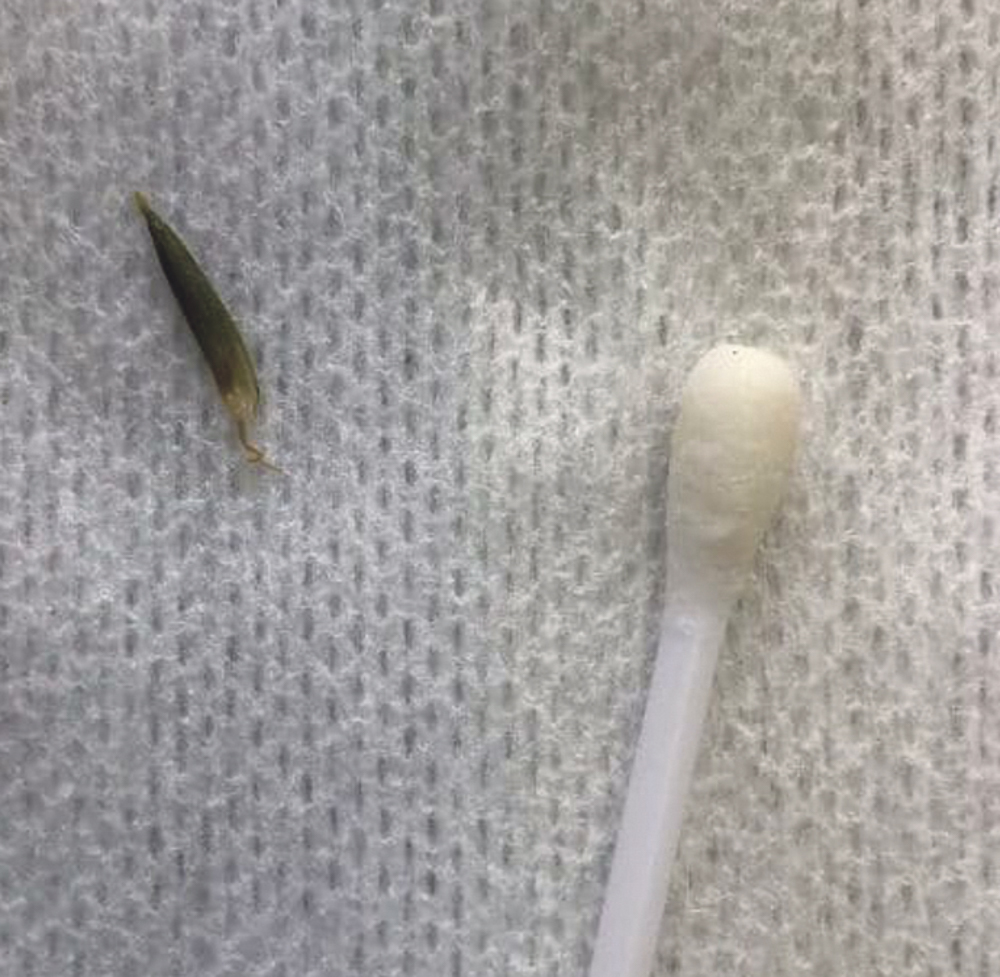Grass seeds have a sharp arrowhead that can penetrate the skin and travel throughout the body. The microscopic barbs on the seed’s tail prevent them from being able to exit through the original entry point.
Seeds can become lodged in any part of the body causing pain, inflammation, and infection and can migrate very quickly – even into vital organs.
What signs should I look for?
Sudden onset lameness with a small, red, painful seeping wound between the toes or in armpits.
Licking.
Breathing difficulty, coughing or vomiting if the seed has been ingested.
Urinary issues if the seed has migrated into the bladder via the urethra.
Changes in behaviour or balance if the seed has travelled into the inner ear or brain.
How can I prevent a grass seed attack?
PREVENTION IS KEY: AVOID ATTACHMENT AND REMOVE BEFORE MIGRATION
Put protective vests and shirts on animals, especially when they are in long grass.
Grooming; the coat and especially the paws, armpits and ear fur should be kept short during the summer months if possible.
Check your animal daily.
Take your dog to the vet for sudden onset lameness, wounds, breathing or behavioural changes.
What should I do if I think my working dog has a barley grass seed wound?
If caught early, sometimes the seed can be pulled out with tweezers and light sedation. However, usually the seed has already migrated, and the area must be explored surgically to attempt to recover the seed and treat the wound. They can be extremely difficult to find in some instances; additional imaging, like an ultrasound exam, may be recommended to eliminate travel of the seed to vital organs.
Often patients will be sent home with a combination of pain control and antibiotics.











